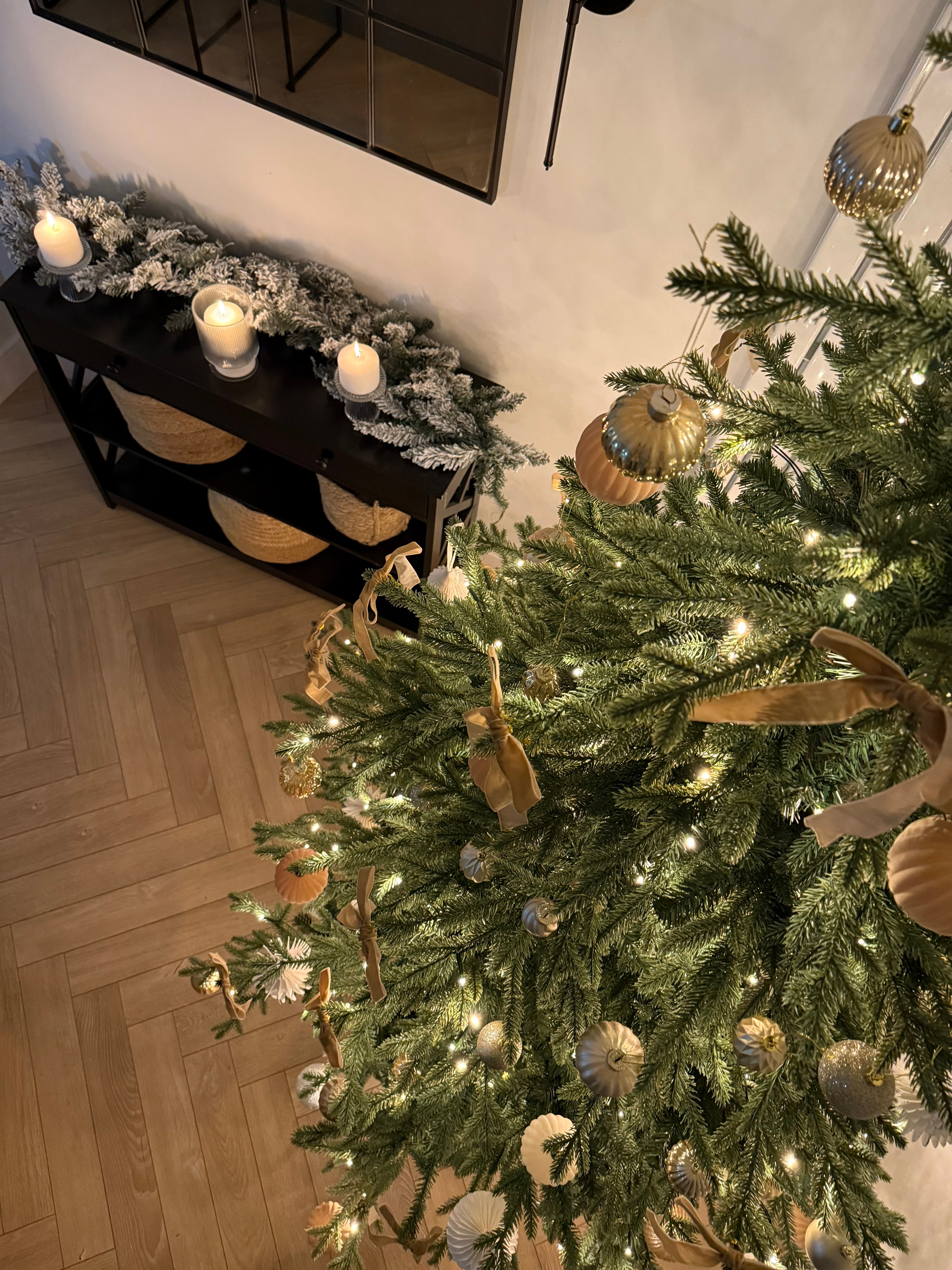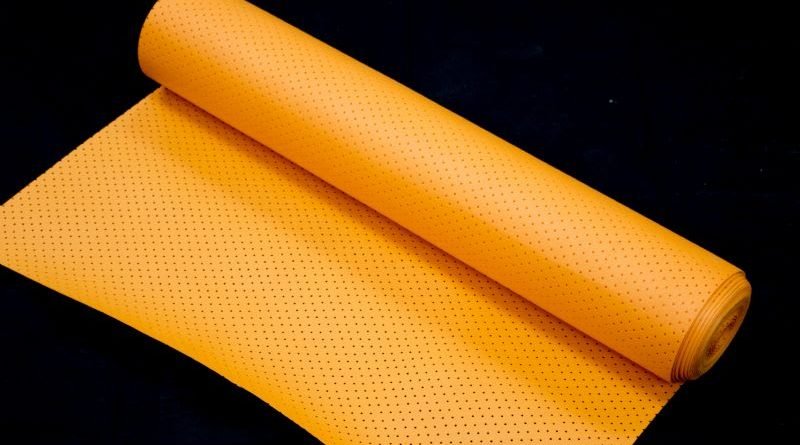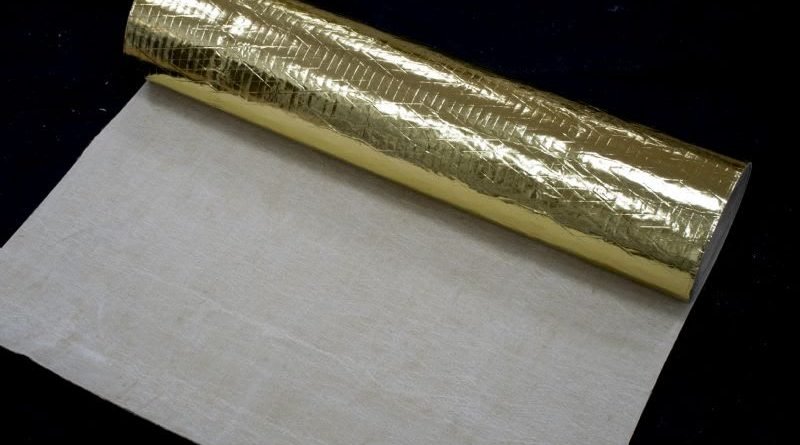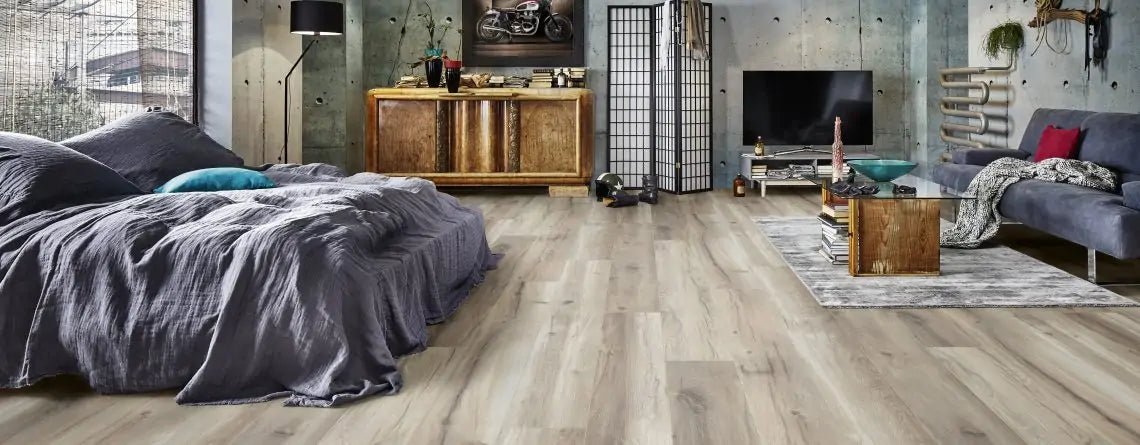In the latest instalment on the blog, we looked at how hardwood floors differ from laminate and composite flooring when it comes to transmitting impact and airborne sounds, how you can go about adding soundproofing materials to a new construction or when laying new floors during a renovation, and what those materials are made of.
In this post, we take a look at how to work with tiles, and what to do for more accessible solutions when you are desperately craving some more peace and quiet – but have no desire to tear up and reinstall your flooring.
Soundproofing floor tiles
Ceramic tiles are a particularly tricky surface to cover, and more difficult to soundproof than wood, laminate, or vinyl flooring. This is due to the higher density of the material, which allows faster vibrations to travel through more easily. (However, not much beats a beautifully tiled bathroom.)
You can place an acoustic membrane under tiles, similar to how you would under wood floors or laminate flooring. The membrane is glued down to the decking with an adhesive and left to dry for about 24 hours before applying mortar and tiles.
Meanwhile, the results will not be the same as for other types of floors. As such, especially if you are living in a building with downstairs neighbours who may be disturbed by noises, you might want to consider limiting the use of tiles to areas in the home that do not see much footfall or high levels of airborne noise.
Immediate noise-reducing solutions
Noise permeating the floors can be incredibly frustrating, and even decrease quality of life significantly. It is understandable that you would like to do something about it even if you are not prepared to embark on a full home-makeover adventure. So what are the most easily accessible options for soundproofing your floors right away?
The easy solution is to lay carpet over the flooring. With so many fantastic high quality options to choose from today, it can add an extra dimension and depth to your room, rather than detract from the decor. Check out our post on top carpet and rug trends for 2022 for inspiration!
Additional soundproofing support
However, sometimes, the carpet will not be enough, and sound will still pass through the boards underneath, especially if you have a nailed-down hardwood floor. In this case, you may need an extra layer of an acoustic rubber mat underneath the carpeting. Rubber mats are denser in quality and are great to strengthen the soundproofing of areas where there is heavy footfall or other impact noise generating activities.
Places where you have heavy appliances, such as washing machines that can generate a lot of noise through vibrations, can benefit from anti-vibration mats with wider ribs and non-slip surfaces. This will help reduce the transmission of sound waves through the floor.
Whatever your noise cancelling project may be, and whether or not you choose to go DIY or bring in a professional, we wish you many relaxing, peaceful, and less noisy days ahead in your home.











